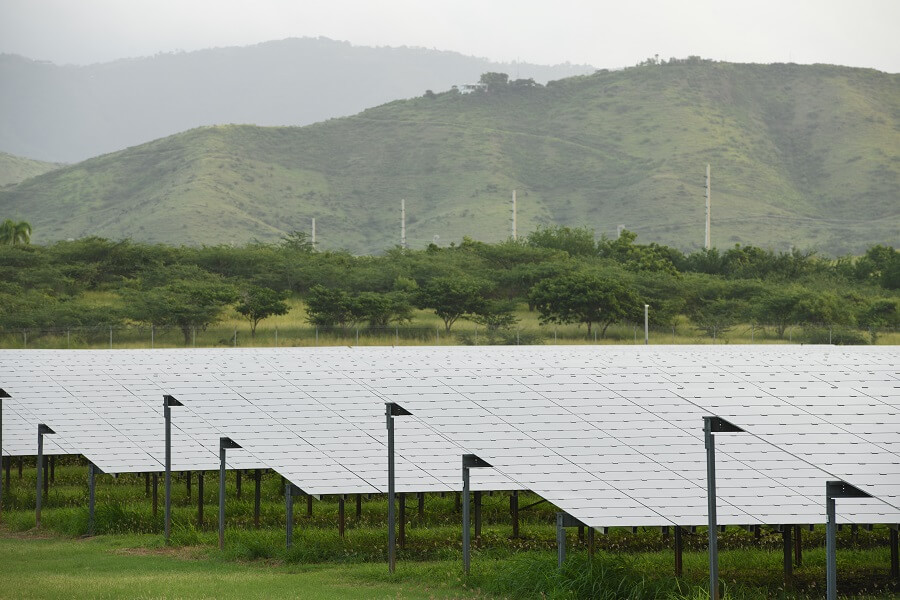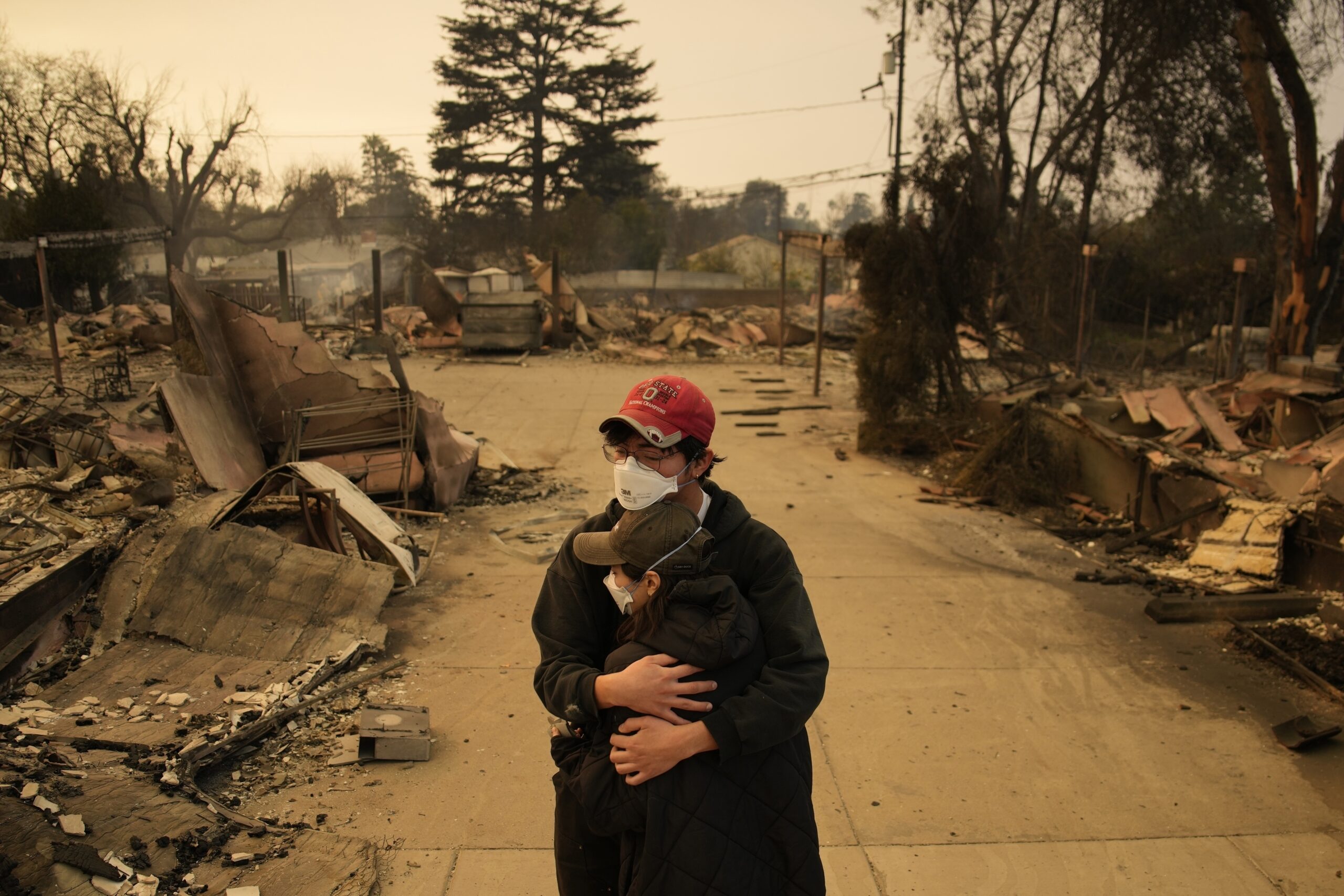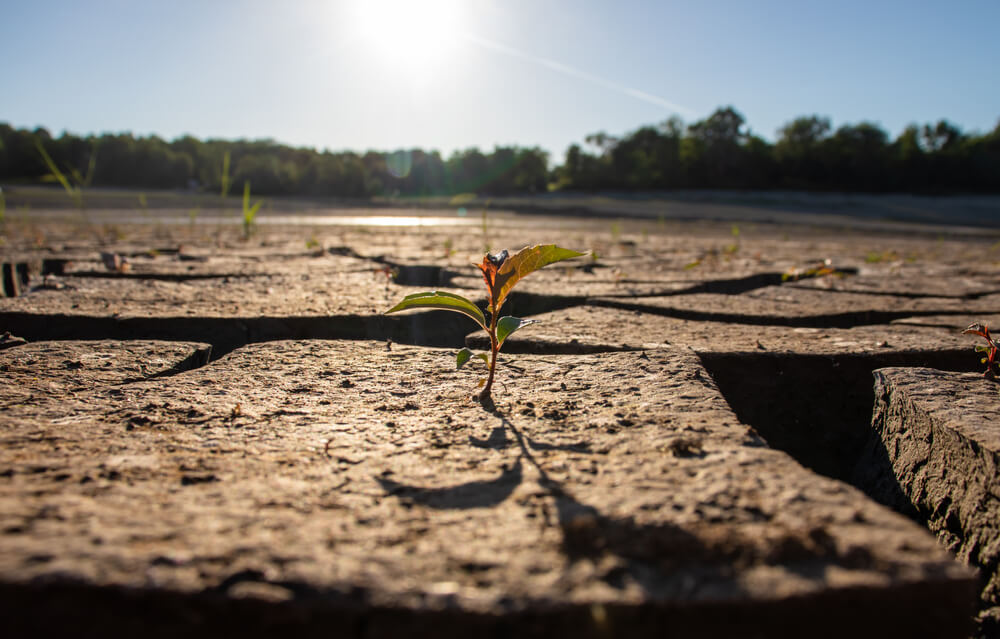Climate adaptation did not get much love at COP29 last week. The UN’s Adaptation Fund received just $133 million in new funding pledges at COP29, just a third of its target amount. The conference’s main goal—setting a new collective goal for mitigation and adaptation—also fell short.
But there were some splashy developments on the sidelines of the conference that hold promise for the emerging investment theme.
The Global Environment Facility, which oversees an array of UN-backed climate funds, announced $20 million in grants via its Challenge Program for Adaptation Innovation. Among the winners were the Climate Bonds Initiative, or CBI, which was awarded $1.5 million for an Adaptation and Resilience Bonds Accelerator. The accelerator aims to catalyze the market for adaptation bonds, a spin on popular sustainable debt instruments where the proceeds go toward projects that protect or prepare communities against physical climate risks.
The GEF funding will help CBI establish two adaptation bond readiness ‘hubs’ – one each in a least developed and a middle income country. These hubs will nurture fledgling adaptation projects, with the intention of producing a pipeline of “bankable” investments that can absorb adaptation bond financing.
“We need scale – especially if we’re talking about private investors in the capital markets. You need large ticket sizes. And in order to get large ticket sizes, you need pipeline,” says Ujala Qadir, director of strategy and programs at the CBI. “That’s where the big barrier in this market is currently – lack of bankable pipelines that can be included in a labeled bond.”
The hubs will identify and collaborate with local and international financial partners to convene the ecosystem of stakeholders driving adaptation-focused investments, such as blended finance providers, development finance institutions, technical assistance and project preparation facilities and issuers.
“There’s a lot of different actors playing in the sandbox who have a shared goal to accelerate financing for climate action,” says Qadir. “We want to bring those efforts together so that we’re creating efficiencies and maximizing impact.”
Among other winners of GEF’s adaptation innovation awards, the GAIA Climate Loan Fund was awarded a grant for its technical assistance facility to provide advice and capacity building support to bankable adaptation and mitigation projects in small island development states and least developed countries.
FS Impact Finance plans to set up a long-term debt fund to climate-proof existing infrastructure assets in emerging markets.
The Lightsmith Group received a grant to help create a one-stop funding shop that can offer debt, equity and technical assistance to adaptation-focused startups.
Bonds as Baby Steps
CBI’s Adaptation and Resilience Bonds Accelerator aims to address obstacles that have held back the market for adaptation bonds, such as limited awareness and a lack of bankable projects. The UN’s recent Adaptation Gap report ballparked the gulf between demand and supply for adaptation finance at $187 billion to $359 billion. This isn’t the kind of gap that can be filled solely with small grants and sporadic public finance commitments. It requires a high volume of big-ticket financial products. Bond finance is key to that effort.
“Bonds are a good entry point to adaptation finance,” says Mahesh Roy, with the Institutional Investor Group on Climate Change. “Whether through use of proceeds or other labelled products like sustainability-linked instruments, adaptation-focused investors can build their familiarity of adaptive activities and resilience solutions via a relatively simple, well-trusted, and familiar vehicle.”
CBI has been leading this mission. In September, it launched the Climate Bonds Resilience Taxonomy. Issuers can use the taxonomy as a blueprint for building bonds that finance adaptation priorities across seven themes: agri-food systems, health, infrastructure, cities, communities, industry and commerce, and nature and biodiversity.
It also serves as a kind of verification system for institutional investors that want to finance adaptation, but aren’t sure where to start. Craig Davies, chief executive of the adaptation consultancy Cadlas, who helped develop the taxonomy, says it “has the potential to give comfort” to investors that are taking their first steps into the adaptation space and want to “start putting capital in that direction.”
Climate shocks
The election of Donald Trump has threatened to roll back key climate progress in the US and disrupt momentum for the transition to clean energy. Investors are now less certain of the path forward and thinking more about the risks of worsening climate shocks—and their opportunities.
CalPERs, California’s $500 billion public employees’ pension fund, is one such investor. In light of expected policy rollbacks, “transition risk, at least for US companies, is now reduced or extended, while the physical risk may actually increase,” said Peter Cashion, the fund’s managing director for sustainable investments, at a public committee meeting last month. Transition risks relate to regulatory, legal and market changes that may be driven by the transition to a lower carbon economy.
“Although this may be unfortunate, it does create investment opportunities in the area of resilience, meaning the response to climate change,” Cashion said. He cited heat-resistant crops, power generators, air conditioning and fire suppression as potential areas of interest.
Invesco, the $1.7 trillion asset manager, is betting on adaptation in the fixed income space through its Invesco Climate Adaptation Action Fund, or ICAAF. This is an emerging market debt fund that will focus on adaptation-themed projects in developing countries, particularly those most vulnerable to climate shocks. The fund has a target size of $500 million and is expected to close in the second quarter of 2025.
Speaking at the Climate Bonds Connect conference in London in October, Invesco’s Gerald Evelyn said the company has been “blown away” by investor interest in the structure. Institutions looking to support adaptation while securing attractive returns have flocked to the climate adaptation action fund. He said about half of those institutions come from Europe, the Middle East and Africa, 40% from the Asia Pacific region – and only 10% from North America.
“We can actually provide climate impact that uses concessional capital to expand or magnify the flows to address that climate gap and still provide the comfort to institutional investors with respect to the risk profile as well as the return profile that they would seek as investors and fiduciaries,” he says.
“We can have our proverbial cake and eat it too.”
Invesco’s climate adaptation fund has a two-tranche capital structure, each with a different level of risk. The riskier, junior units are targeted at Development Finance Institutions and public sector investors, and the safer senior units at private institutions like corporate pension funds. The public finance layer acts as a loss buffer for the senior units, making the latter more attractive to private funds with low risk tolerances.
Blended climate bonds
This kind of blended finance model, which has been used to derisk other nascent markets, is viewed as the future of adaptation investments, including bonds. “Blended climate bonds” made up just 9% of total climate blended finance in 2023, according to data from Convergence, a global network for blended finance supported by government funders.
The ability of blended finance to raise the creditworthiness of climate bonds is key, says Robin Ivory of Convergence. “A lot of these bonds are subject to the sovereign credit risk ceiling. So if these developing countries have C+ ratings or B- ratings, they’re not investment grade, and investors are especially hesitant to invest in any transaction or bond within those countries,” says Ivory. Blended finance, she says, can boost risk ratings to meet investors’ criteria.
One challenge is the sheer variety of adaptation projects. There’s no such thing as a one-size-fits-all model that works across countries and across themes. Solutions for dealing with drought in Malawi are very different to those addressing flooding in Bangladesh, for example. This can slow the financing process.
“We’ve seen a lot of instances where, because blended finance can be really structurally complicated, the transaction costs and the knowledge that has to go into structuring one of these deals … can hinder investors who would otherwise put their money towards these issues,” says Ivory.
“Standardization can help mobilize money into things like adaptation finance, if deal sponsors understand how to actually structure the core of a transaction and then adapt it to the local circumstances,” she adds.
This may be an area in which the CBI Taxonomy and Adaptation and Resilience Bonds Accelerator can help.
“The taxonomy supports alignment between investors and issuers to get capital flow, but it also supports alignment across the financing ecosystem to get collaboration to happen,” says Qadir of CBI. “Bringing together actors with varying incentives and motivations to collaborate is no easy task. That’s another really important role for taxonomies that has been less explored.”












